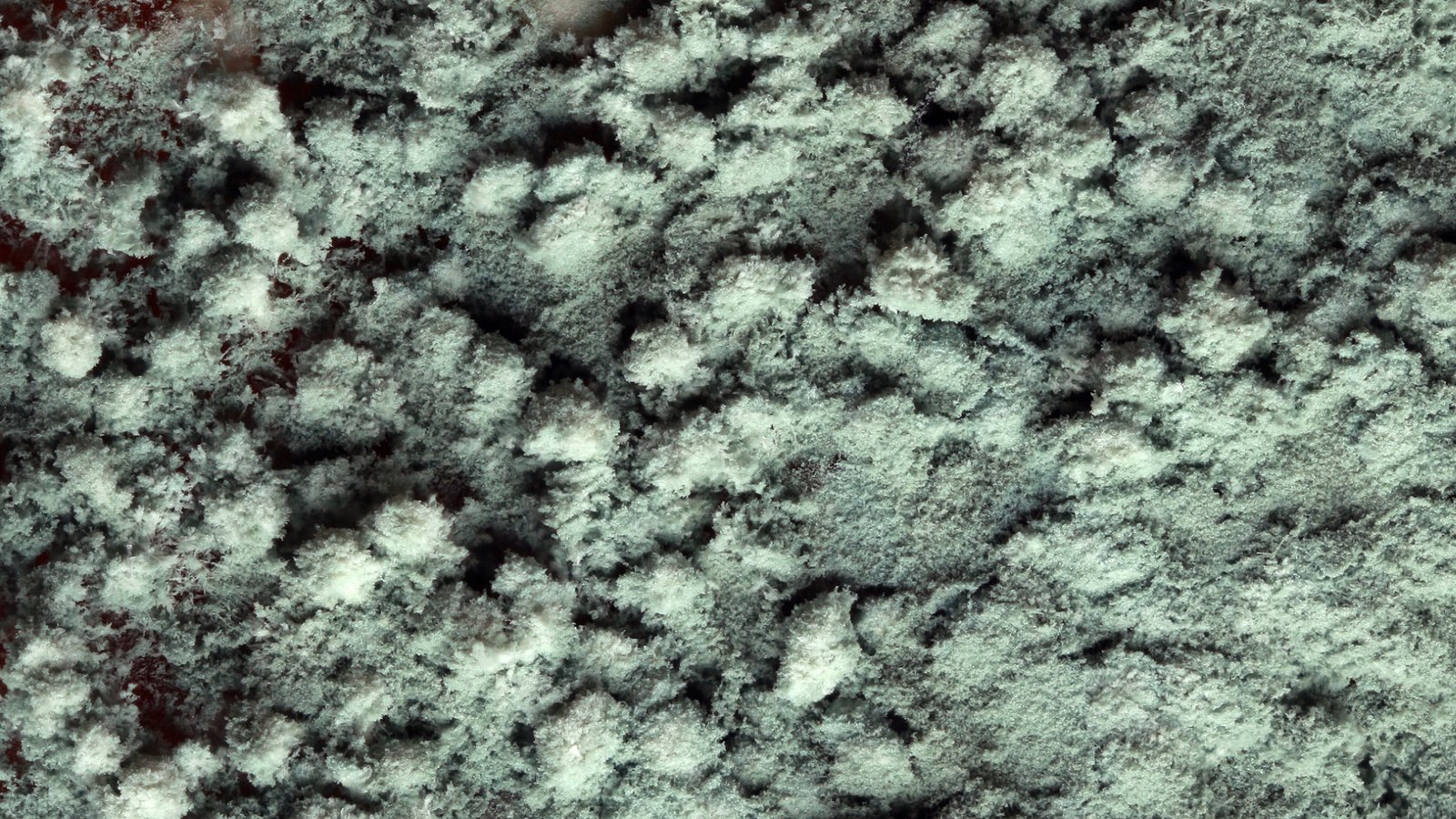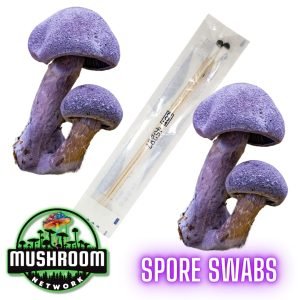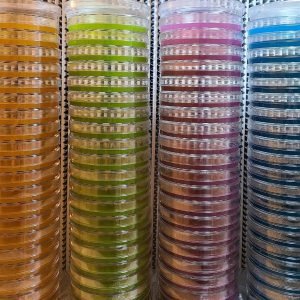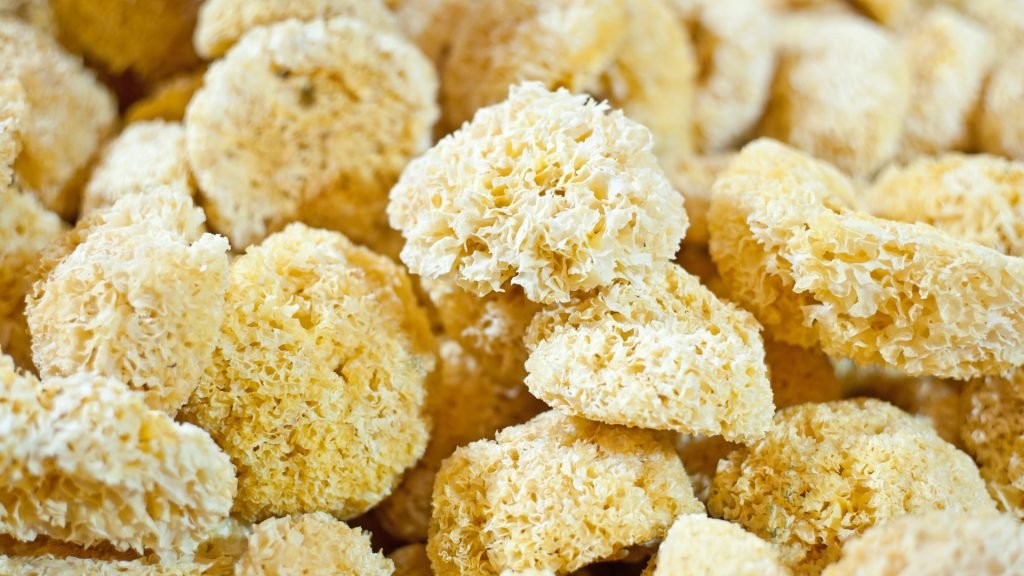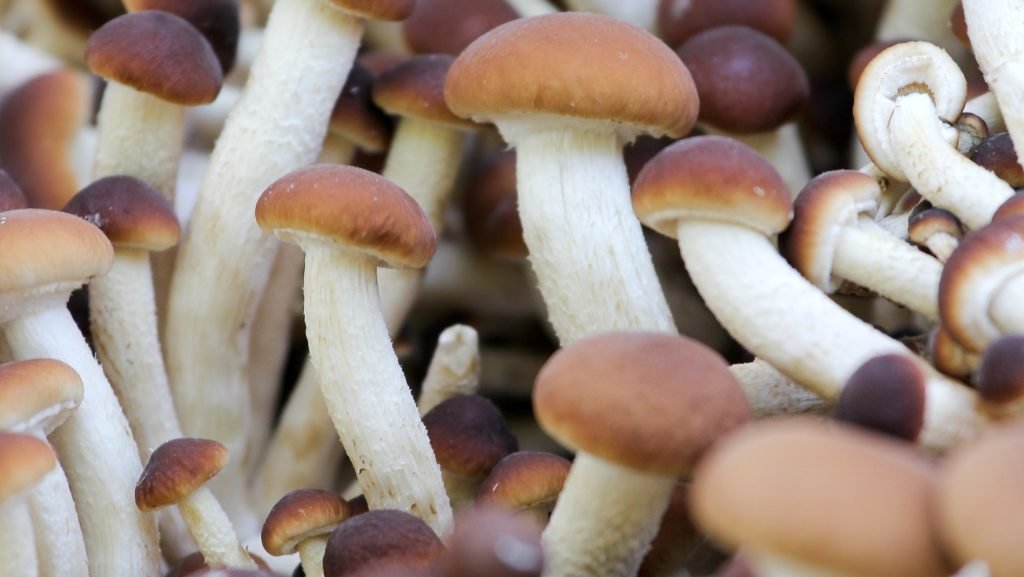In the clandestine corners of home mushroom cultivation, unseen adversaries lurk, waiting to pounce on unsuspecting fungi farmers. “Fungus Among Us: The Battle Against Contamination” is your field guide to this microscopic warfare. Here, we’ll explore the thrilling, sometimes frustrating, world of keeping our mushroom utopias free from fungal foes and bacterial bandits. Brace yourselves for a journey into the heart of the mycelium, where the only thing more diverse than the mushrooms are the contaminants that love to crash the party.
Venture into the delicate dance of home mushroom cultivation, a realm where the line between fungal friend and foe is as thin as a spore wall. In this section, we’ll delve into the common, yet often overlooked, signs of contamination – from the Technicolor display of molds to the dreaded sour smell signaling bacterial invasion. These indicators are not mere inconveniences; they are the red flags in a silent battle for dominance in your cultivation space.
But fear not, fellow mycophiles! Armed with the right knowledge and tools, you can turn the tide in this microbial war. This article isn’t just a list of woes; it’s a compendium of tactics and strategies to keep your homegrown mushrooms healthy and thriving. From early detection to swift action, we’ll cover the ins and outs of keeping your cultivation space a contamination-free zone.
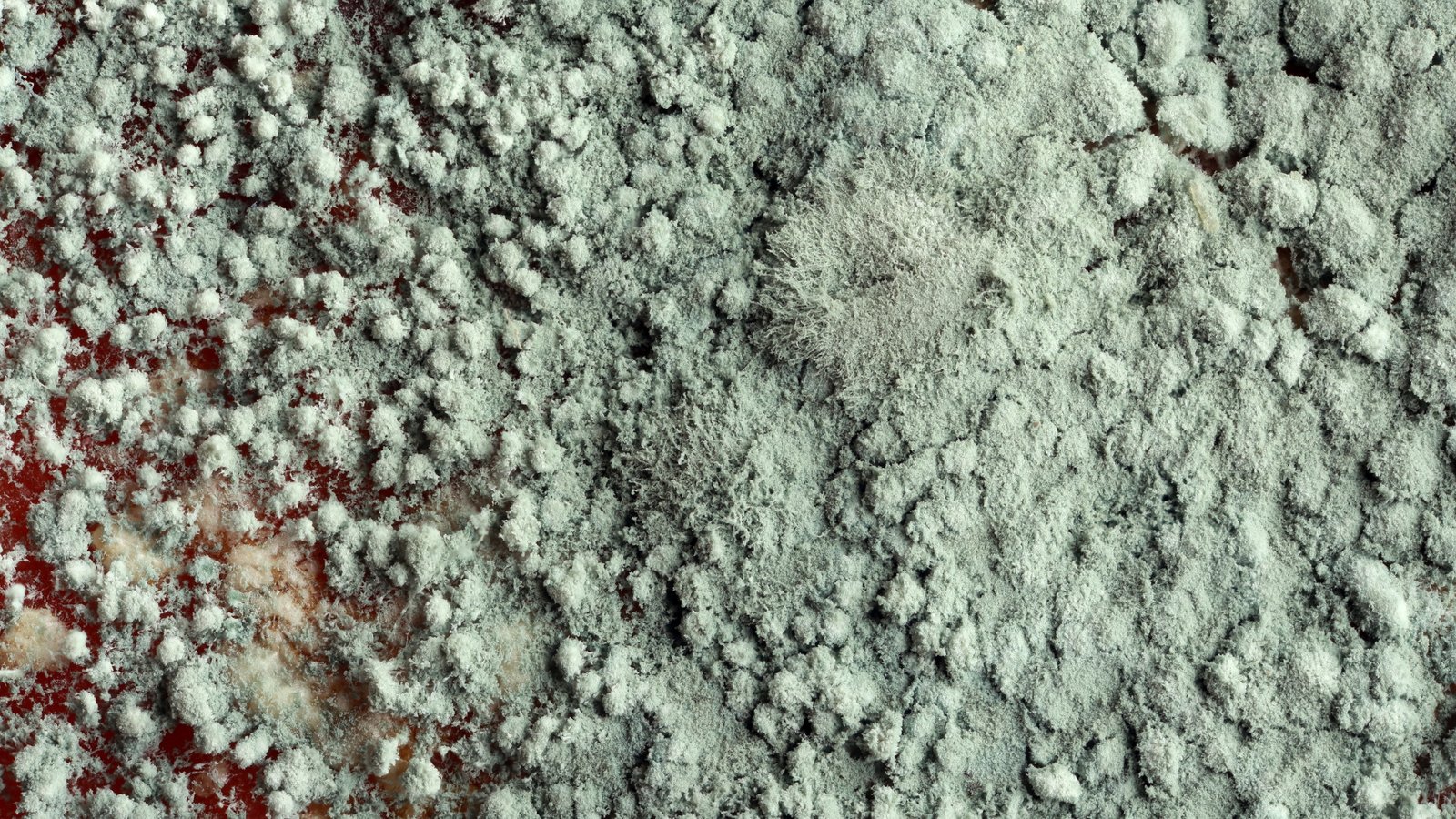
Microscopic Menaces: Identifying the Enemy:
In the world of mushroom cultivation, the enemy is often invisible to the naked eye, only revealing itself when it’s almost too late. This section uncovers the subtle, yet telltale signs of contamination. We’ll start with the classic green and black molds, the uninvited guests that can turn a thriving culture into a fungal graveyard.
Next, we dive into the less conspicuous but equally treacherous yeasts and bacteria. These sneaky interlopers don’t always announce their presence with color but with odors and texture changes. Understanding their modus operandi is key to keeping them at bay.
But it’s not all doom and gloom. We’ll also celebrate the resilience of fungi and their ability to sometimes coexist with, or even outcompete, these contaminants. These are the stories of hope and triumph in the face of microbial adversity.
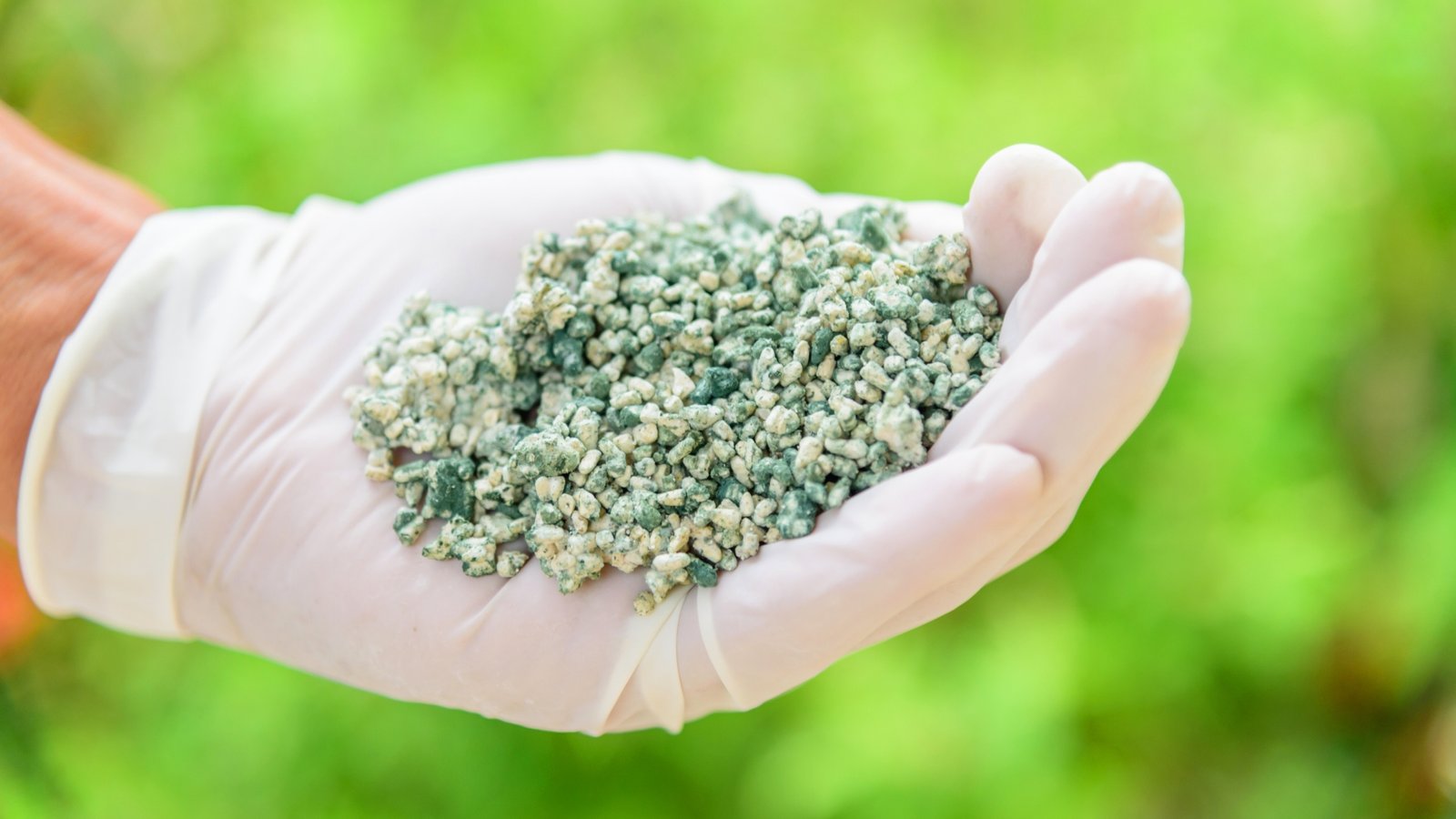
The Art of Myco-Defense:
The battle against contamination is as much an art as it is a science. In this segment, we delve into the strategies and techniques to fortify your fungal fortress. Sterilization, while a common refrain, is an art form in itself. We’ll explore the various methods, from steam sterilization to chemical warfare, and when to use each tactic.
Then, we move on to the importance of environmental control. Keeping your cultivation area as pristine as a laboratory is a daunting task, but with a few simple hacks and habits, it’s entirely achievable. We’ll provide practical tips, from airflow management to hygiene practices, that can make a world of difference.
Let’s not forget about the role of good genetics and strong cultures. Sometimes, the best defense is a robust offense, and in this case, it’s about starting with the healthiest and most vigorous mushroom strains you can find.
The universe of mushrooms is expansive, each variant bearing its own unique charm and characteristics. The Marketplace on the 🍄 Mushroom Network is a testament to this diversity. It is a haven for those seeking a deeper understanding of the magical world of mushrooms. If you’re keen on learning more about this type of mushroom and other mushroom variants, this Marketplace is your ultimate resource.
Woah there, eager beaver! 🦫 The 🍄 Mushroom Network’s Marketplace is a smorgasbord of mycological marvels, but it’s VIP access only! 🔐 Log In or Become a Myco-Patron (Yup, still FREE!) to see what all the fuss is about. Trust us, you’ll want in on these shroomy shenanigans! 🍄🎉
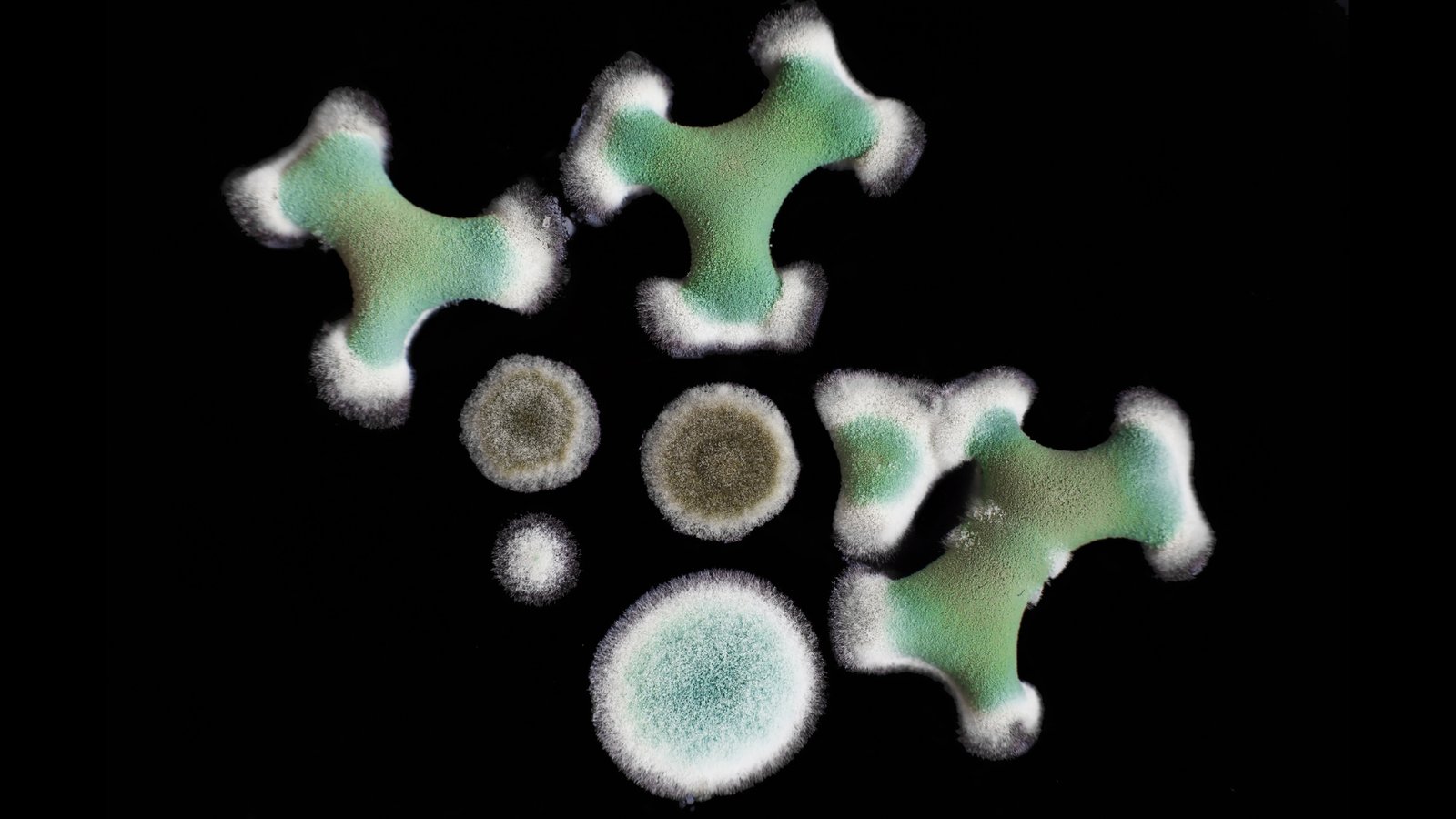
Fungi First Aid: Remedial Actions:
Even the most vigilant mycologist can face the occasional contamination. This section is your fungi first aid kit, a guide to remedial actions when contamination rears its ugly head. We’ll cover everything from quarantine protocols to salvage operations, ensuring you have a fighting chance to save your beloved cultures.
We’ll also discuss when to cut your losses – not every contaminated culture can or should be saved. Learning to recognize a lost cause is as important as knowing how to fight the battle. It’s about making smart, informed decisions to protect the rest of your fungal family.
.Lastly, we’ll touch on the importance of learning from each contamination incident. Every failure is a lesson that can make you a better, more prepared cultivator in the future.
Not sure where to start? The 🍄 Mushroom Academy offers a wide range of courses tailored to your needs. Whether you’re a beginner eager to learn or an experienced mycologist looking to broaden your knowledge, the 🍄 Academy has something for everyone.
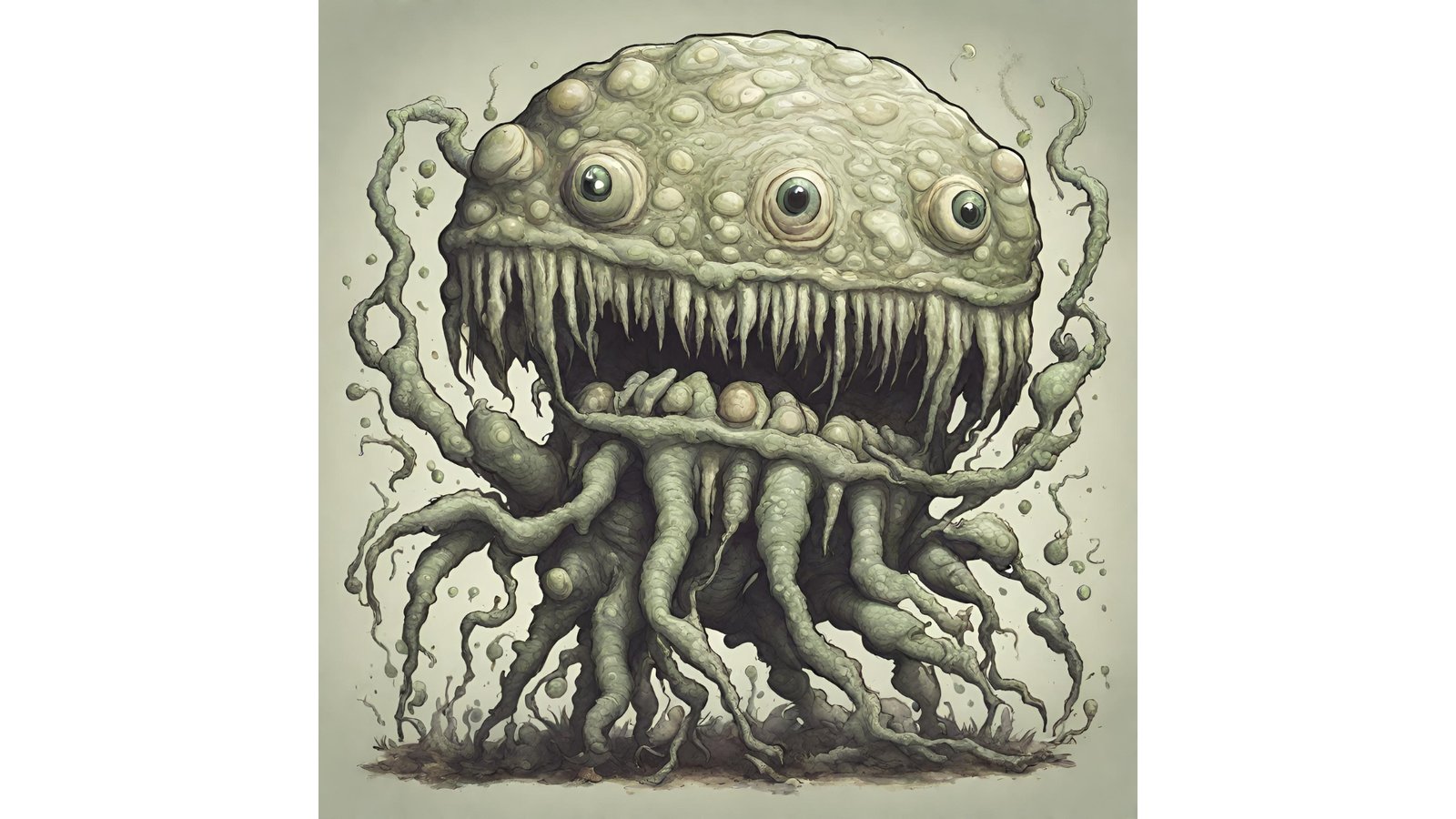
Spores of Wisdom:
As we conclude our exploration of the silent war against contamination in home mushroom cultivation, let’s reflect on the key takeaways. This journey has been about more than just identifying and combating microbial invaders; it’s been a lesson in patience, observation, and adaptability.
Remember, every mycologist, from the novice to the expert, faces these challenges. It’s a natural part of the journey in the fascinating world of fungi. So, take these lessons, arm yourself with knowledge, and step back into your cultivation space with renewed confidence and a keen eye. After all, the best mycologists are those who learn, adapt, and grow – just like their mushrooms.
Love what you’re reading? Make it FBO (Facebook Official) with us! 🤘🏼 Hit that subscribe button on YouTube, follow our Facebook Page, join our FB Group – Wood Wide Web, and chirp along with us on Twitter/X. While you’re at it, peep into the 🍄 Mushroom Network’s Marketplace—where our Network shelves change faster than a Pink Oyster (Pleurotus Djamor) pins!
Recommended Reads:
Entheogenic Encounters: Ancient Cultures and Sacred Mushrooms
About This Article: Get ready to embark on a historical hallucination! Dive into the ancient...
Read More...Bioluminescent Dreams: The Magic of Glowing Mushrooms
About This Article: Step into the world of glowing forests with ‘Bioluminescent Dreams.’ 🍄💡 Discover...
Read More...Divine Fungi: Mushrooms in Early Christian Rituals of Ancient Rome
About This Article: 🍄 Unearth the veiled links between mushrooms and early Christian rituals in...
Read More...LME and Beyond: The Varieties of Mycological Agar
About This Article: Unlock the secrets of fungal cultivation with our in-depth guide on mycological...
Read More...Whoa there, Spore Sport! 🍄 Looks like you’re not logged in yet. Don’t you know what you’re missing? MYCO-CREDITS! Imagine all the fungal fun you could have. It’s like finding a Morel in May and not picking it. Tragic, right? Log In or Become a Myco-Patron and start racking up those credits. It’s more rewarding than finding a mushroom in your backyard! 🌟🏡

